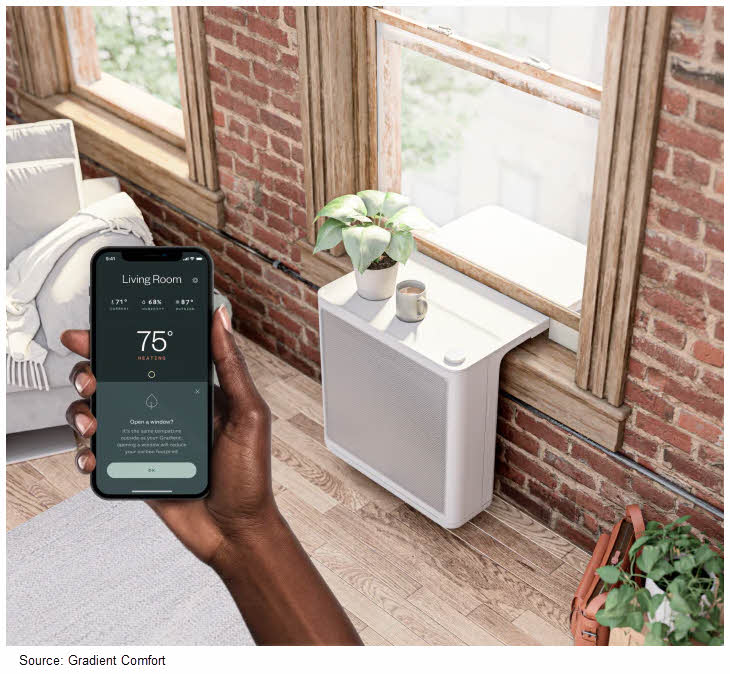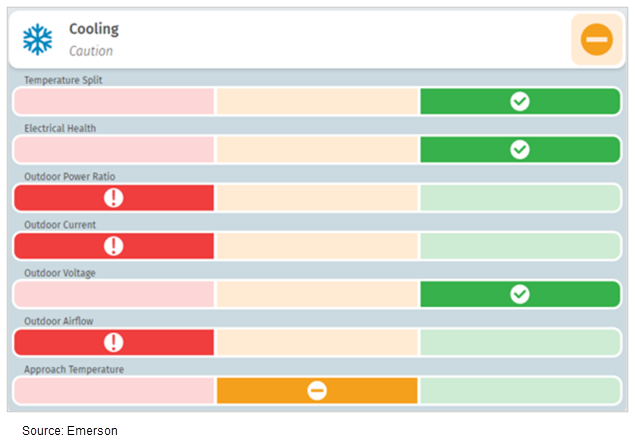Our tech roundup webinars keep you up to date on the latest developments in energy efficiency, load management, and decarbonization technologies. We discuss the technologies and trends our researchers have been following over the past six months that offer great potential for your pilots and programs. We recently discussed 10 exciting technologies and concepts as part of our Fall 2022 tech roundup. Here are three of our favorites from the list.
EV telematics
An EV telematics system continuously records important vehicle information like driving habits and state of battery charge. With the customer’s permission, the EV can make this information available to vehicle manufacturers. But utilities can also make good use of all this information when they’re designing actively managed EV charging programs. Particularly, telematics can address some of the biggest challenges facing these programs: charger cost and asset availability.
Charger cost. Let’s face it, the cost of an EV charger is one of the turnoffs to buying an EV. It’s why so many programs offer rebates to help cover that cost. Luckily, telematics-based managed charging doesn’t require pricey networkable chargers. Customers can use their own charger while participating in the program—even Level 1—which will improve program cost-effectiveness.
Asset availability. Telematics offers more charging flexibility, allowing customers to “set it and forget it” during charging events. The additional data from telematics may also help utilities quantify and take credit for any asset availability challenges.
It’s too soon to say whether controlling the charger or the vehicle—via telematics—is the best approach to managing EV charging. In the meantime, check out the E Source PowerTalking podcast Episode 7: EV managed charging to learn more.
Low-voltage heat pumps
A low-voltage heat pump is a visually appealing alternative to a traditional window air conditioner. It also provides heating and doesn’t block window views. Operating on an existing 120-volt circuit, a low-voltage heat pump doesn’t require a contractor or electrician to install it. In fact, the only thing a low-voltage heat pump needs is a single- or double-hung window and a wall socket.
The technology appeared on the scene after the New York City Housing Authority, New York Power Authority, and New York State Energy and Research and Development Authority cofunded the Clean Heat for All Challenge in 2021. The initiative challenged manufacturers to develop and demonstrate a small, all-in-one heat pump that could be self-installed by customers and provide heating and cooling in a New York City apartment.
The Clean Heat for All Challenge awarded two contracts for low-voltage heat pumps installed in New York City by 2024:
- 20,000 units from Midea, an incumbent manufacturer
- 10,000 units from Gradient Comfort (figure 1), a startup
Figure 1: Gradient Comfort low-voltage heat pump
Utilities can benefit from low-voltage heat pumps because they’re less expensive than traditional heat pump systems and come with built-in connectivity options. These low-voltage units also open up a whole new market for demand response programs: renters. Customers benefit from owning a much smaller, portable unit that can both heat and cool with minimal noise.
The jury is still out on real-world cold weather performance, but we think these two units are the first of many more low-voltage heat-pump options.
Residential HVAC fault detection and diagnostics (FDD)
According to the 2020 US Department of Energy study Automated Fault Detection & Diagnostics: Residential Market Analysis (PDF), 70% to 90% of all US homes have at least one problem with their HVAC system, wasting at least 9% of energy. To address these faults, utilities typically offer two types of programs:
- Quality installation, which makes sure a customer’s HVAC system runs perfectly on day one but doesn’t help much as parts fail or controls need adjusting.
- HVAC tune-ups, which are a good support channel for customers but require a technician visit to diagnose and recommend system repairs.
Now, utilities have another option: residential FDD systems.
With FDD, HVAC equipment can notify customers and contractors of system faults. There are 13 manufacturers offering FDD with a new HVAC system, but there’s only one retrofit option: the Emerson Sensi Predict.
The Sensi Predict, which can also be used in new construction, features a central hub and 10 sensors. A professional installer attaches the sensors to indoor and outdoor components of the home’s HVAC system. Customers can access an online portal indicating potential issues—from temperature faults to system voltage and current issues (figure 2).
Figure 2: The Sensi Predict fault display
Implementing FDD could help relieve headaches associated with HVAC issues and repair. Customers can share the diagnostics with their contractor, cutting down assessment time and delay in getting the customer’s system back on track and operating efficiently.

